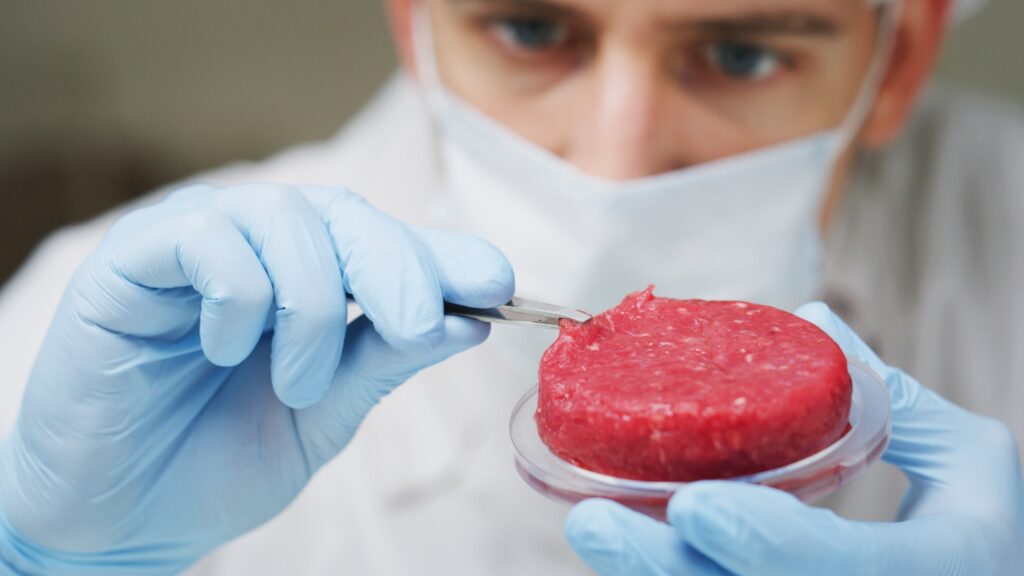There is a possible future in which the meat that ends up on your plate does not come from a farm. It's the possibility offered by lab-grown meat, an emerging technology that promises to be the key to tackling some of the greatest environmental and health challenges of our time.
What is lab-grown meat
While the vegetable alternatives to meat have made headlines in recent years, advances in lab-grown meat have been equally dramatic. This technology uses bioreactors to “culture” meat cells, eliminating the need to raise and slaughter animals. Laboratory-grown meat is not just a gastronomic novelty: it presents itself as a potentially revolutionary solution to environmental and health problems. Some estimates attribute this to the meat industry approximately 18% of total greenhouse gas emissions. Lab-grown meat could dramatically reduce these numbers. An analysis by Oxford University and the University of Amsterdam estimates that, compared to traditional meat, laboratory meat could reduce greenhouse gas emissions up to 96%, use 7 to 45% less energy, and reduce land and water use by up to 99%.
Of course, not all that glitters is gold

There are many challenges to face. The first, which is not necessarily the largest, it's the cost. Currently, laboratory meat is significantly more expensive to produce than conventional meat, mainly due to the technological immaturity of this solution. As with anything else, if the technology reaches sufficient scale, costs can be expected to decline. Another challenge is the public perception. Many consumers are cautious and concerned about the safety of lab meat, which could affect its acceptance. Third and final challenge, obviously, the crucial one: the short and long term performance for the consumer's health. Certainties are also needed in this direction (especially on the nutritional level. On the safety level, one positive fact already stands out: the possibility of eliminate antibiotics used today to raise animals).
in 2008, the cost to generate 250 grams of lab-grown meat was approx one million euros. in 2015, this price had dropped to 250.000 €. Currently, the expense for the same quantity of meat is placed between 13 and 15 euros.
Source
The potential remains
Without prejudice to the need to face and overcome all the challenges represented, laboratory-grown meat could improve food security by providing a more sustainable and scalable means of meat production. With a growing global population and demand for meat products, pressure is already high on traditional livestock. Lab meat could address these challenges by providing a constant source of meat that is much less dependent on the availability of land and water.
Pending further developments, meat in the laboratory remains a promising area of research: a topic that intrigues us and pushes us to reflect on how science and technology can be used to create a better world.


